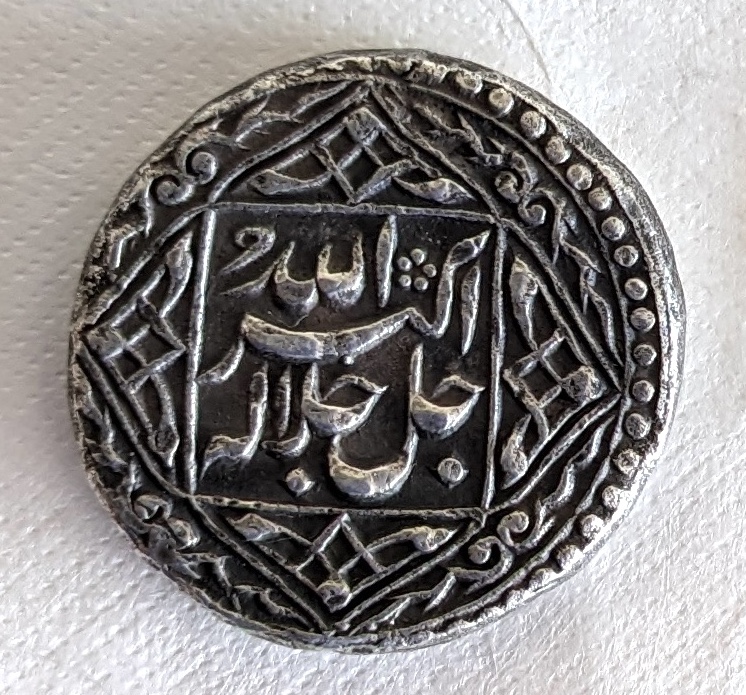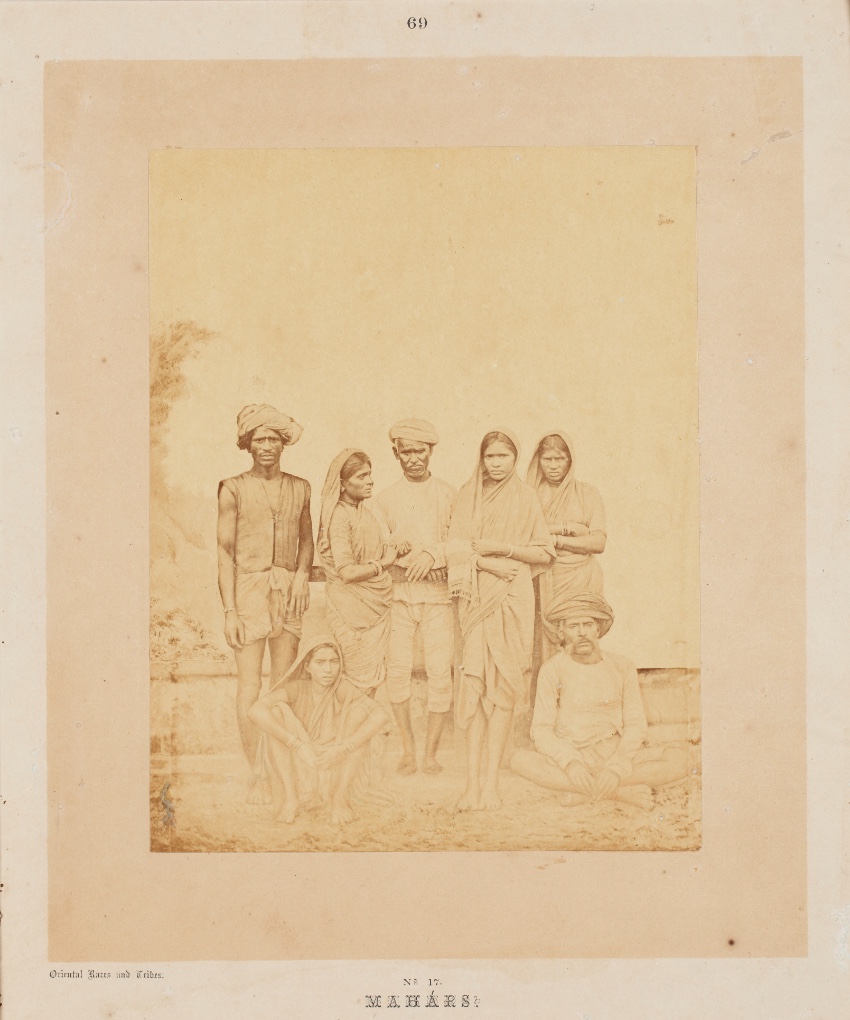
Mahars, c.1863, William Johnson and William Henderson, albumen print, © Sarmaya Arts Foundation. (2018.45.4)
The struggle of man against power is the struggle of memory against forgetting ~ Milan Kundera
As a museum professional, I often come across 19th-century photographs of unidentified people in the archive. Some photographs are loose, unlabeled, and come without any context. While a few have a label that could hint at a particular identity, the information is often limited. However, there is one photograph that has pushed me to dig deeper into the trenches of research as well as my own archive of memories. It reminded me of this line from art critic John Berger’s seminal essay Ways of Seeing, “We never look at just one thing; we are always looking at the relation between things and ourselves.” My curiosity was sparked by this one image.
The photograph was taken over a century-and-a-half ago. It shows a group of unnamed people identified only by a one-word caption: ‘Mahars’. It was published in 1866 in a book called The Oriental Races and Tribes: Residents and Visitors of Bombay by the photographer William Johnson. Mahars are a Maharashtrian community, who were classified as ‘untouchables’ when this photo was taken. I belong to this community.
There are four women and three men in this photograph. They look uncomfortable and perhaps a little curious. The one-word caption collapses their identity into caste and community. Today, we know more about the colonial perspective that coloured ‘ethnographic’ portraiture like this. But a note, attached to Johnson’s photo, triggered a specific memory for me. He wrote: “Strictly speaking, [the Mahars] are not within the pale of Hinduism, for though they worship some of its gods in their lowest forms, they are not allowed to pass the threshold of the temples.”
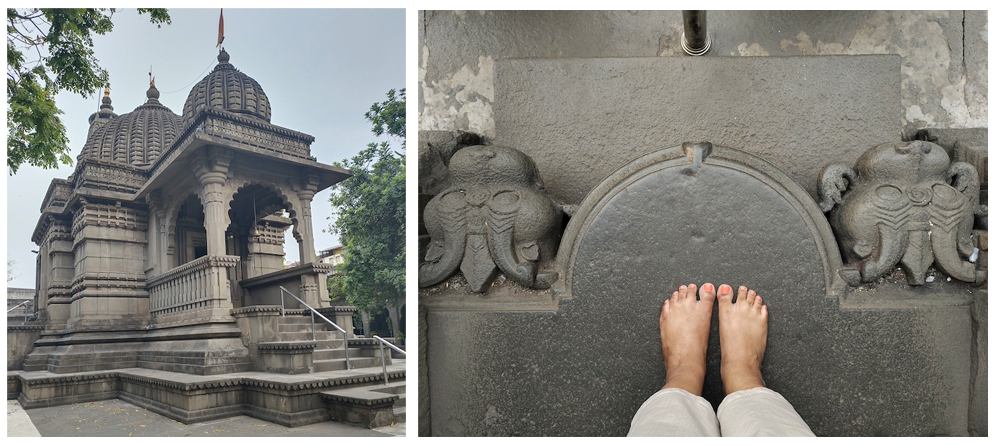
My visit to Kalaram Temple, Nashik in 2023. Photo by Diksha Ahire
In 2023, I visited Kalaram Temple in Panchwati, Nashik. It is a beautifully carved temple that houses a black statue of Ram in its sanctum sanctorum. The temple engulfs you with a sense of calmness as soon as you enter. Its tranquility belies the temple’s tumultuous past and its significance in the Dalit liberation movement. At the time when Johnson wrote his note, a Mahar would not have dared to enter the temple premises, for fear of humiliation, violence and perhaps even death. These were the rules laid down by the oppressor castes who considered their faith to be the ‘Sanatana’ or eternal one.
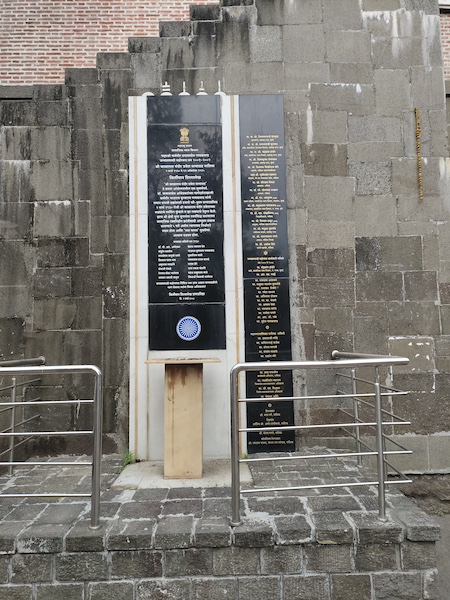
The Kalaram Temple Satyagraha (1930) memorial outside the temple. Photo by Diksha Ahire
Dr Ambedkar challenged this rule through a satyagraha at the Kalaram Temple in Panchvati on March 2, 1930. The Kalaram Temple Entry Satyagraha grew into a mass movement that encouraged Mahars everywhere to educate, agitate and organise. More than two decades later, lakhs of Mahars would follow Dr Ambedkar in officially converting to Buddhism. On 14 October 1956 at Deekshabhoomi in Nagpur, people from my community collectively rejected the religion that bonded them in labour and burdened them with atrocities. Perhaps among that crowd were descendants of the people in Johnson’s photograph.
As I stood at the threshold of this temple, I felt like I was standing on the cusp of history.
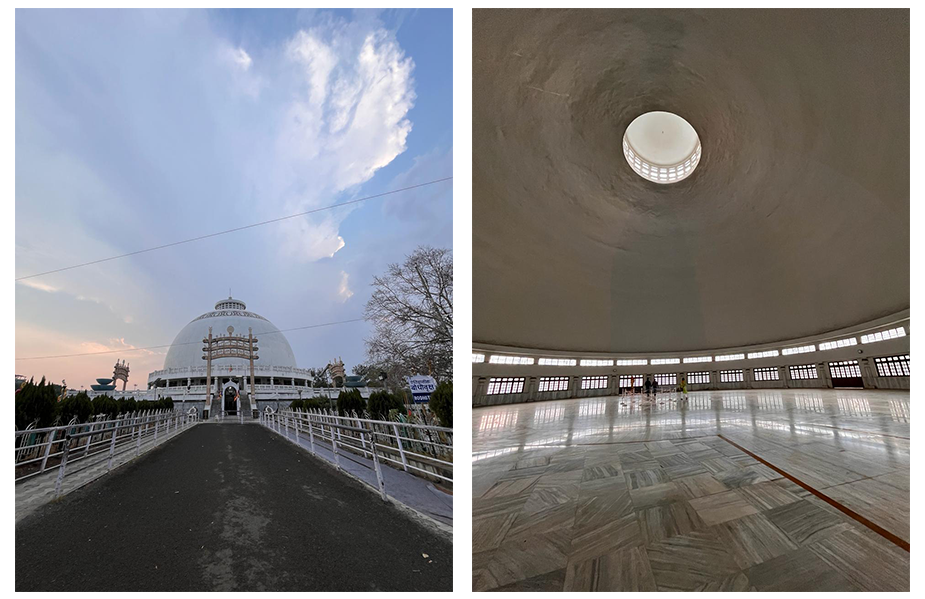
Deekshabhoomi, Nagpur, March 2024. Photos by Komal Chitnis
Johnson’s photograph is one of very few visual representations of Mahars to exist from the 19th Century. But I looked in vain for a sense of familiarity with the people, my people, in it. When it comes to the history of oppressed people, there is little material or archival evidence to gather. Caste remains a taboo subject in our society—a dirty secret that is only lived and never spoken about. How, then, could I, as a museum professional and an individual, connect with these silent subjects?
On the path to answering that question, I came across the work of many Dalit artists, writers, poets, and scholars who are re-imagining caste narratives by centering memories. Caste-life narratives live on through stories, recipes and motifs passed down through generations. It is imperative to set into motion an inquiry within our visual archives to find caste-life narratives. I’ve listed below some ways in which I was able to flesh out in my imagination the rich details that could bring Johnson’s portrait to life. It is in these kinds of artistic expressions that the histories of the marginalised can be eternally etched—visited every so often to give meaning to our existence.
Seek first-person accounts
I have always found Baluta by Daya (Dagdu) Pawar quite profound. After all, it is the first autobiographical account of a Mahar. Balutedari is a systemic share of the village harvest given to the Mahars for their arduous and exploitative unpaid labor. Reading the book felt like peeling off a bandage from a freshly inflicted wound. But slowly, so the pain persists. It is an honest and visceral account of Daya Pawar’s caste life. Through his words, one could see the systemic structures of oppression and the generational emotional turmoil it creates within the oppressed castes. For me, Dalit literature has created what our history lessons failed to capture. A space for untold marginalized stories. Just like art.
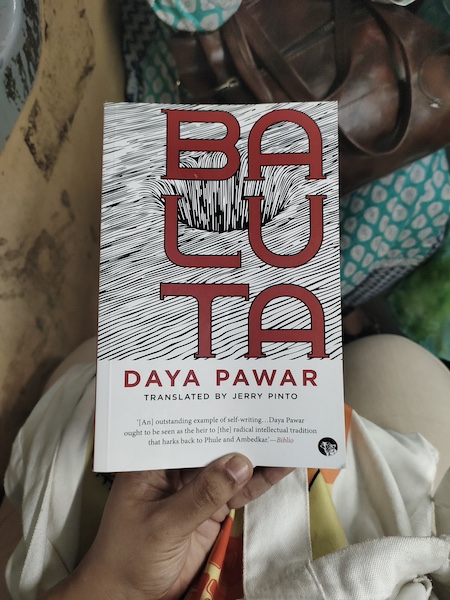
Find connections through art
While researching the art tradition of Mithila, I came across Jamuna Devi’s work. In a vernacular artistic tradition where caste dictates your aesthetics, Jamuna Devi rejected the established pictorial language, painting caste life narratives in her new style. A work that struck me the most was the depiction of Chamars disposing of a dead cow. Through this singular work, I saw Jamuna Devi radically turning her caste occupation into an act of resistance.
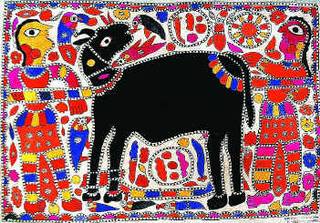
A person from the Chamar community disposing a dead cow, in Gobar style, by Jamuna Devi, image courtesy Frontline-The Hindu
The history of water in our subcontinent is also ridden with caste. Considered ‘impure’ or ‘untouchables’, Dalits were and still are denied access to public water sources. To break these forced fetters, thousands of Dalits marched to the Chavdar water tank in Mahad, Maharashtra, in 1927. The mere act of Dalits drinking water from a public water tank was so unthinkable that it was followed with violence and purification rituals from the dominant castes. Highlighting this incident in history, Rajashree Goody asked a relevant question through her 2017 art installation, What is the Caste of Water?. How is water mixed with cow dung, cow urine, milk, curd, and ghee purer than the water that is merely shared by another human?
View this post on Instagram
Look in unlikely places
Social media plays an equally important role in creating an equitable space for these voices to be heard, looked at, and engaged with. I came across artist and Instagram creator The Big Fat Bao’s ‘Caste and Food’ series in 2021. In a culture where your food habits might be used to ostracise you, I had never before, in popular culture, seen a representation of Rakti, a dish cooked in my home. Rakti (Marathi) is made from the blood of goats, pigs, cows, and sheep.
These memories of food reveal emotions linked to the histories of caste-linked access to food, hunger, discard, shame, and deeply rooted oppression. I didn’t expect to find such an intimately familiar memory as eating rakti with bhakri at home reflected back to me even within my friends’ group. But I found my community, of all places, on Instagram.
Return to history
Fourteenth-century saint Chokhamela wrote poetry sitting at the threshold of his beloved Lord Vithala’s temple in Pandharpur. The threshold he was forbidden from crossing because of his caste, because like Dr Ambedkar, like the unnamed subjects of Johnson’s photograph and like me, Sant Chokhamela was a Mahar. Reading these lines, written hundreds of years ago, I finally found the sense of familiarity and solidarity that I sought all along.
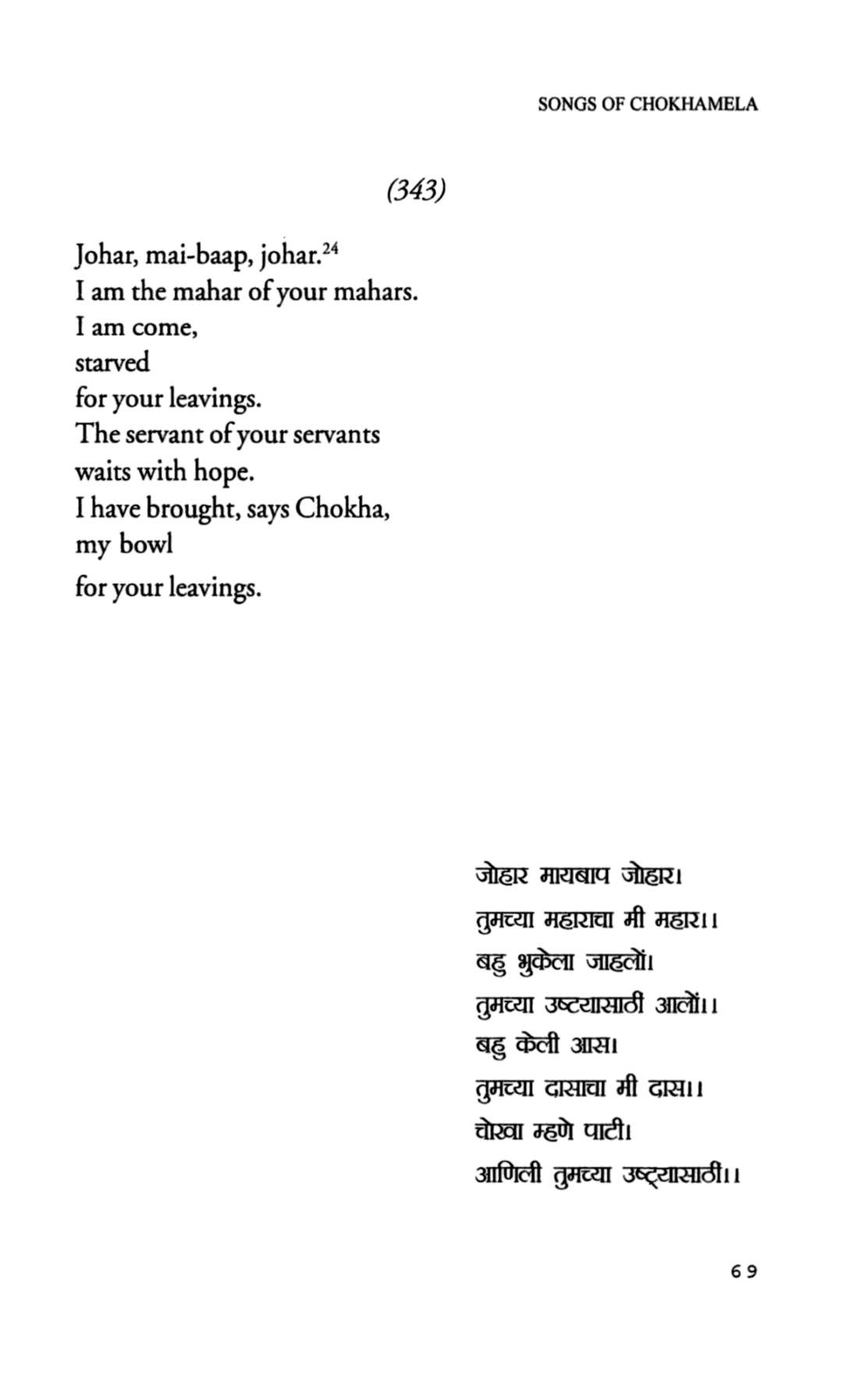
Translation from ‘On the Threshold: Songs of Chokhamela’ by Rohini Mokashi-Punekar
Readings
- ALONE, Y. S. (2017). CASTE LIFE NARRATIVES, VISUAL REPRESENTATION, AND PROTECTED IGNORANCE. Biography, 40(1), 140–169.
- Ingole, P. (2020). Intersecting Dalit and Cultural Studies: De-brahmanizing the Disciplinary Space. CASTE: A Global Journal on Social Exclusion, 1(2), 91–106.
- Mokashi-Punekar, R. (2010). On the Threshold: Songs of Chokhamela. United Kingdom: Yale University Press.
- Robertson, A. (2022). The Mahar Folk. Panther’s Paw Publication. (Original work published 1938)
- Discover more on Dalit identity in the works of artist Vikrant Bhise, in Powada performances by Yalgaar Sanskrutik Manch and the scholarship of Suraj Yengde



